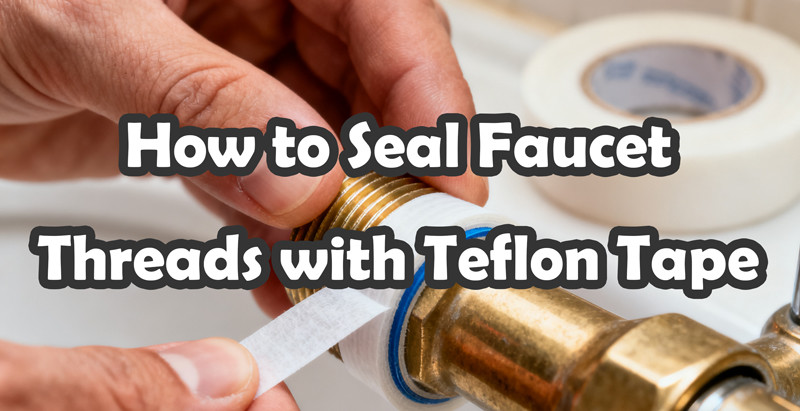
When it comes to plumbing, few things are as frustrating as a faucet connection that leaks right after installation. Whether you’re setting up a new bathroom fixture or tightening a loose joint, one of the simplest and most effective tools you can use is Teflon tape—also known as plumber’s tape or PTFE tape. This thin, white tape creates a watertight seal on threaded connections, preventing leaks and corrosion. In this guide, we’ll explain exactly how to seal faucet threads with Teflon tape like a pro.
What Is Teflon Tape and Why It Matters
Teflon tape is a type of thread sealant made from polytetrafluoroethylene (PTFE). It’s designed to wrap around the threads of metal or plastic fittings to fill tiny gaps that water could escape through. Because water pressure in household plumbing systems can be significant, even a small gap can lead to persistent leaks.
Using Teflon tape provides several key benefits:
- Leak prevention: The tape acts as a flexible filler, ensuring a tight seal between male and female threads.
- Corrosion protection: It prevents moisture from seeping into the threads, reducing the risk of rust and seizing.
- Ease of disassembly: Teflon tape lubricates the threads slightly, making it easier to remove fittings later without damaging them.
- Compatibility: It works on most metal and plastic threaded connections found in faucets, shower arms, and supply lines.
In short, Teflon tape is an inexpensive yet essential tool in every homeowner’s plumbing kit.
When to Use Teflon Tape on Faucet Threads
Not every faucet connection requires Teflon tape. It’s specifically designed for threaded pipe joints—that is, where two parts screw together and water travels through the connection. You’ll typically use it on:
- Shower arms and heads
- Supply line connections on faucets
- Threaded valve stems
- Pipe extensions and adapters
However, don’t use Teflon tape on compression fittings or rubber gasket seals. Those rely on direct metal-to-metal or gasket compression to create a seal, and Teflon tape could actually interfere with their effectiveness.
What You’ll Need
Before you start sealing your faucet threads, make sure you have the following supplies:
- Roll of Teflon (PTFE) tape
- Adjustable wrench or pliers
- Clean cloth or paper towel
- Scissors or utility knife (optional, for trimming tape)
Standard white Teflon tape works well for most residential plumbing jobs. For high-pressure systems or gas lines, yellow or pink tape is often used—but for faucets, white is all you need.
Step 1: Prepare the Threads
Before applying Teflon tape, inspect the threads on the faucet or fitting. Make sure they’re:
- Clean: Wipe away any dirt, old tape, or debris with a dry cloth.
- Dry: Moisture can prevent the tape from sticking properly.
- Undamaged: Check that the threads aren’t stripped or cracked; if they are, replacement might be necessary.
Starting with a clean surface ensures the tape adheres smoothly and forms a tight seal.
Step 2: Wrap the Teflon Tape Correctly
This is the most critical part of the process. Incorrect wrapping direction or poor coverage can cause leaks even with the tape applied.
Here’s how to do it properly:
- Hold the pipe or fitting steady. If you’re right-handed, hold it in your left hand with the threaded end pointing toward you.
- Attach the tape end to the first thread. Place it about one thread back from the edge to prevent tape from hanging loose into the water flow.
- Wrap clockwise. Always wrap the tape in the same direction the fitting will turn when tightened. For most plumbing threads, that’s clockwise. Wrapping in the opposite direction will cause the tape to unravel as you screw the fitting on.
- Apply 3–5 wraps. Overlap the tape slightly with each turn, keeping it flat and snug against the threads. You want complete coverage without bulges or gaps.
- Press and smooth. Once wrapped, press the tape gently into the threads with your fingers to seat it firmly.
The result should be a neat, even layer that follows the contour of the threads.
Step 3: Reconnect and Tighten the Fittings
Once the tape is in place, thread the faucet fitting or pipe connector by hand first. This helps ensure that the threads are properly aligned and prevents cross-threading. Then use a wrench or pliers to tighten it securely—but not excessively. Over-tightening can strip threads or crush washers.
If you feel resistance after a few turns, stop and check alignment. Forcing it can damage the tape or fitting.
Step 4: Test for Leaks
Turn on the water supply slowly and inspect the connection. If you see no water droplets forming around the joint, the seal is tight and effective. If you do notice a small leak:
- Turn off the water.
- Disconnect the fitting.
- Remove the old tape completely.
- Reapply fresh Teflon tape following the same wrapping steps.
Never try to layer new tape on top of old—this can create uneven pressure points and worsen the leak.
Common Mistakes to Avoid
Even a small error in applying Teflon tape can lead to leaks or damage. Here are a few common pitfalls:
- Wrapping backward: If the tape is wrapped counterclockwise, it will unravel as you tighten the fitting.
- Using too much tape: Excess tape can make it difficult to screw parts together or crack plastic fittings.
- Not covering threads fully: Gaps leave open spaces for water to escape.
- Skipping cleaning: Dirt or old sealant prevents the tape from sealing properly.
Extra Tips for a Professional Finish
- Use high-density Teflon tape if you’re working with metal-to-metal connections—it’s thicker and offers better sealing.
- For plastic threads, avoid over-tightening; Teflon tape reduces friction, making it easier to overtighten accidentally.
- Label your tape rolls (water, gas, etc.) if you use different types to avoid confusion later.
Conclusion
Sealing faucet threads with Teflon tape is one of the easiest yet most effective ways to ensure leak-free plumbing connections. With just a few wraps of this versatile tape, you can prevent drips, improve longevity, and make future maintenance easier. The key lies in proper direction, adequate wraps, and clean threads.
Whether you’re installing a new bathroom faucet, replacing a shower arm, or tightening a supply line, mastering Teflon tape application is a must-have plumbing skill. It’s inexpensive, quick, and can save you from costly water damage or repairs down the line.
So next time you reach for a wrench, grab a roll of Teflon tape too—because in plumbing, the best seal is often just one wrap away.
 WOWOW Faucets
WOWOW Faucets
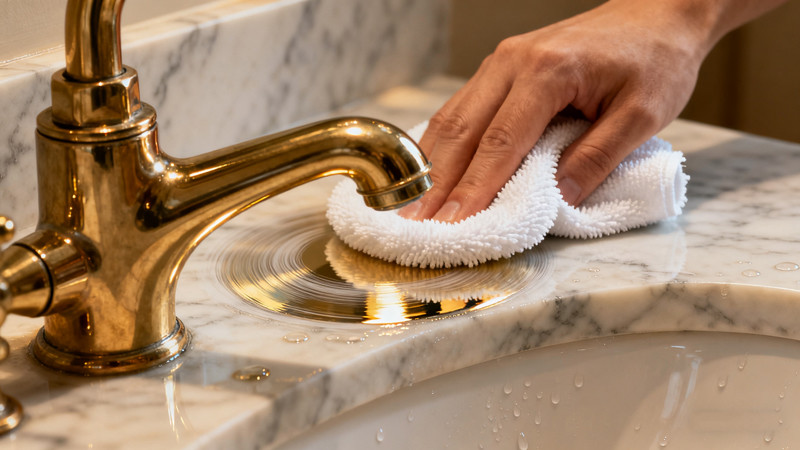
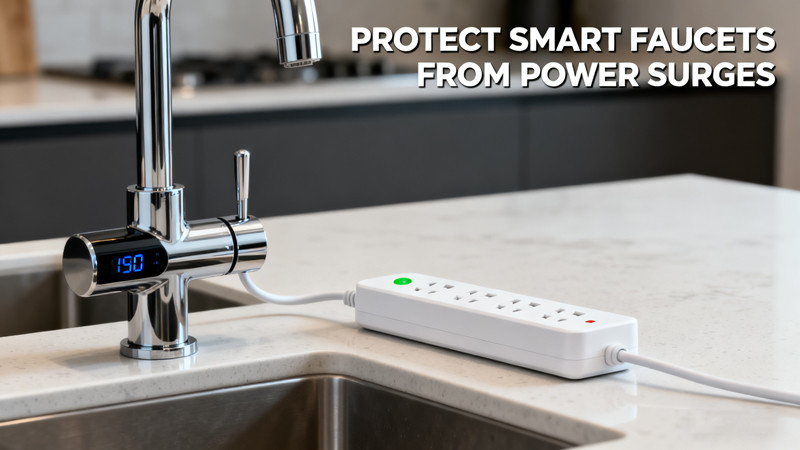
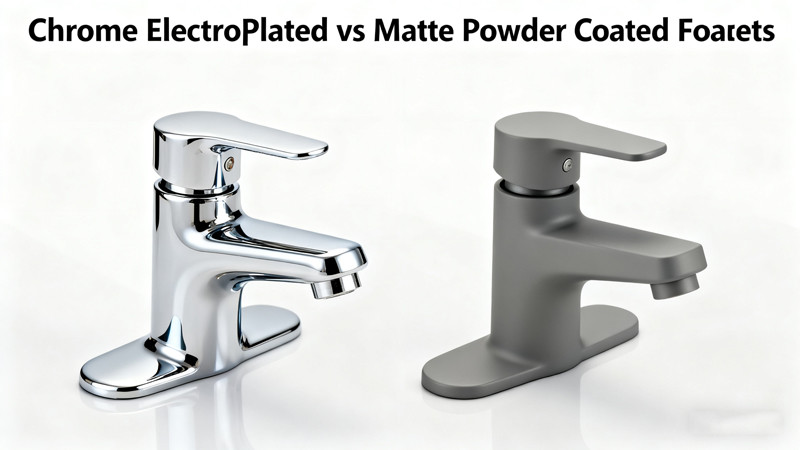
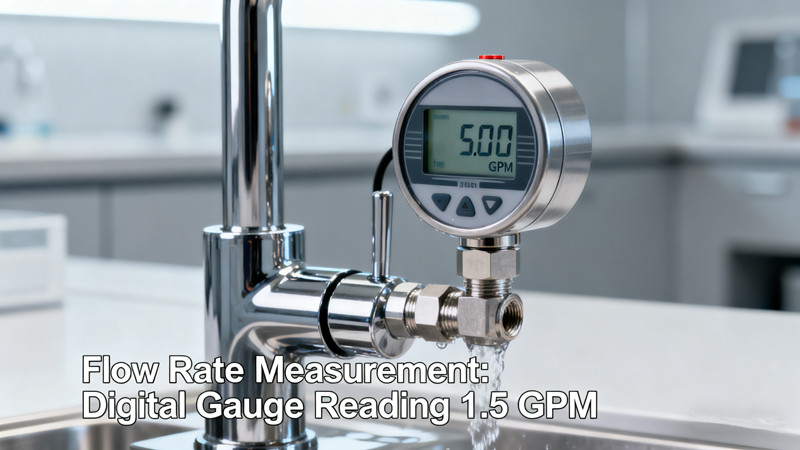


您好!Please sign in